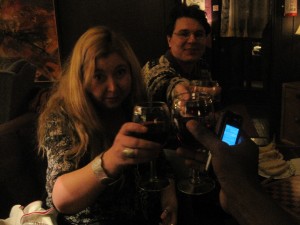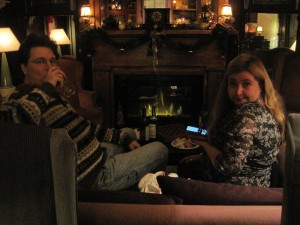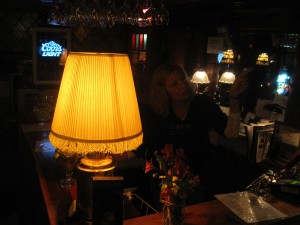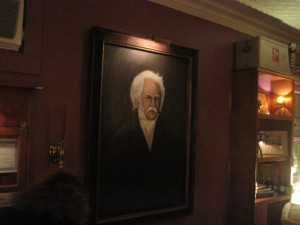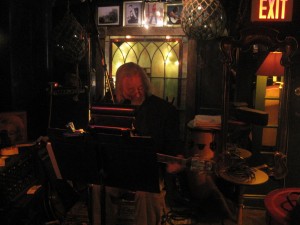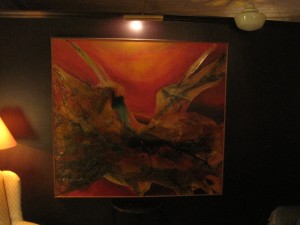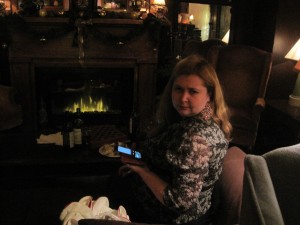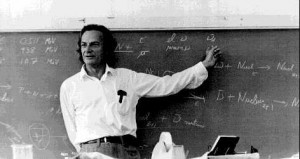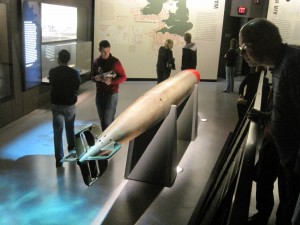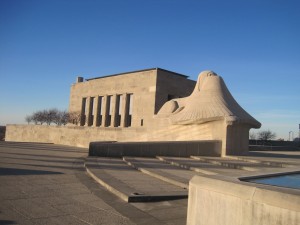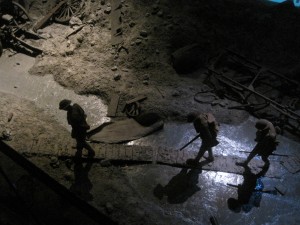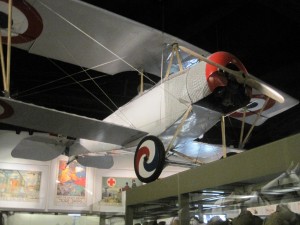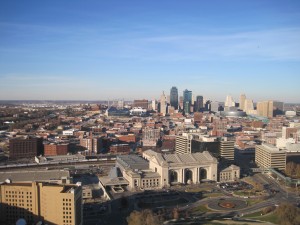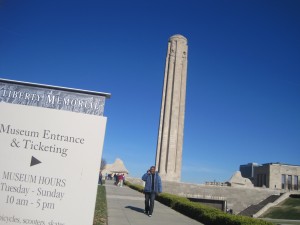There is no writer’s block, just laziness. Perhaps.
A few weeks ago, I wrote an article for an e-zine on the motivations for blogging, the challenges it provides, and the general pleasure of having things to write (now just “almost”) everyday of the week. Here’s my experience. I sit down facing a blank sheet of paper trying to write something serious or concrete either for a newspaper or for a class project/assignment, and I get stuck. Nothing comes. The part of my brain needed to get the work done just blatantly refuses to start up, and I remain in one spot for as long as possible, beating myself up and wondering why on earth it seemed so hard to do something as simple as writing, and why I’d been so hated to have been given the task that offered no exit, and no mercy. Nothing else to do, I would then go to my blog, open a blank page for new posts, and write something long and pretty – in less then fifteen minutes – in relative ease, loosening my “writerly” tongue and allowing the brain the luxury of admitting that writing could actually be pleasant. It is the same brain which a few minutes before had locked itself up like a clam. It is also the same typing fingers now addressing a different audience. And that has always defied all explanation. Is the conclusion to be drawn that of the fact that life should be smooth, easy, and playful, subject to our moods and whims? Or should it be regimented and organized, subject to the wishes of a remote instructor waiting to mark our work with inks of red? Or that whenever faced with the latter, a mood of the former should be immediately invoked in order to get through the mood?
Here I am, unable to find the first word with which to begin my final class project due next week, writing without stopping for air on a blog that would give me neither an “A” nor a tuition refund. FML(?) Back to work now.
